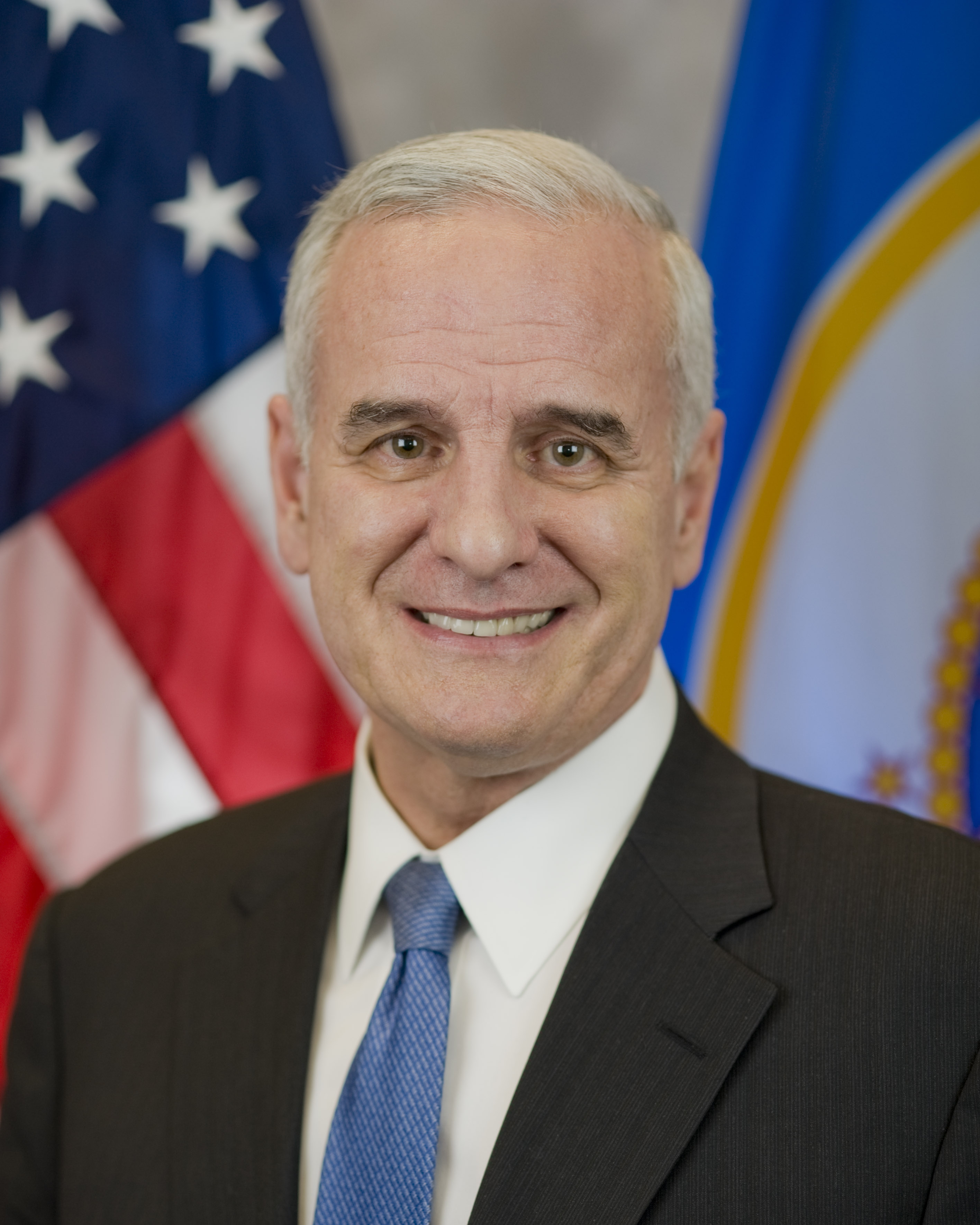 In a relatively surprising move, Governor Dayton’s recent budget proposal appears to go against the state’s aging vulnerable adults. A combined press release from Care Providers of Minnesota and Aging Services of Minnesota sums up what most providers of older adult services in this state feared.
In a relatively surprising move, Governor Dayton’s recent budget proposal appears to go against the state’s aging vulnerable adults. A combined press release from Care Providers of Minnesota and Aging Services of Minnesota sums up what most providers of older adult services in this state feared.
ST. PAUL – February 15, 2011 – Governor Dayton turned his back on the state’s most vulnerable adults today when he proposed a biennial budget that cuts $87 million out of vital programs that ensure that Minnesota’s poorest seniors have access to care. In addition to making these cuts of almost 8 percent to nursing homes and assisted living establishments, the governor added insult to injury by slapping a $28 million tax on nursing homes and seniors to balance the budget.
Less than a week after touting the importance of the economy and jobs in his State of the State address, Governor Dayton has proposed what amount to job-killing cuts to older adult services.
Minnesota’s nursing homes and assisted living providers contribute over 112,600 jobs and over $6.7 billion to the state economy. Over 70 percent of providers’ budgets go to wages and benefits for their employees. The governor’s nearly 8 percent proposed cuts to nursing homes and assisted living establishments undermine this economic engine and will directly lead to increased unemployment for caregivers.
“If Governor Dayton’s proposal were to become law, the caregiver wages and benefits will be cut again and there will be jobs lost,” said Patti Cullen, president and CEO of Care Providers of Minnesota. “In addition, nursing facilities on the brink of closure are certain to go over the edge if these reductions become law. In rural communities the closure of nursing homes—often the top employer in town—means, in effect the closure of these small towns.”
In addition to the sizeable cuts, the governor proposed a massive $28 million increase in the Medical Assistance surcharge on seniors residing in nursing homes. The surcharge is a true “Granny Tax” that does not go back to providers but instead is diverted to other budget priorities.
The cuts proposed by Governor Dayton represent $71.4 million in lost economic activity for Minnesota at a time when the state’s chief executive should be focused on economic recovery.
“It is time that the state budget reflects Minnesota’s changing demographics,” said Gayle Kvenvold, president and CEO of Aging Services of Minnesota. “To prepare for the future, the state budget should prioritize care for Minnesota’s growing senior population. Failing to do so amounts to a broken promise to Minnesota seniors.”
The Governor’s proposal to cut the state’s Elderly Waiver program will mean that nursing homes will be the only option left for thousands of low income Minnesota seniors.
The short-sighted elimination of options for poor seniors will only cost the state more money as these individuals are forced to seek care in higher cost nursing home settings.
Cuts to Elderly Waiver will also hit informal caregivers. Already doing their best to provide care and support to an aging loved one, these caregivers will be forced to stretch further to continue to provide care with no formal support.
The cuts proposed by Governor Dayton will have a triple impact on Minnesota seniors in nursing homes. The state’s failed rate equalization policy mandates that Nursing Homes providers charges private pay residents the same as the Medicaid rate, which means that each $1 of state Medicaid cut from nursing homes equates to a loss of $3 in revenue.
The detailed pages of the Governor’s budget proposal can be found at the following: http://www.agingservicesmn.org/inc/data/CCAfebbudgetpages.pdf
Republican majorities have said they will have their budget proposals ready by March 25th.
Learn more about Aging Services of Minnesota and Care Providers of Minnesota.
